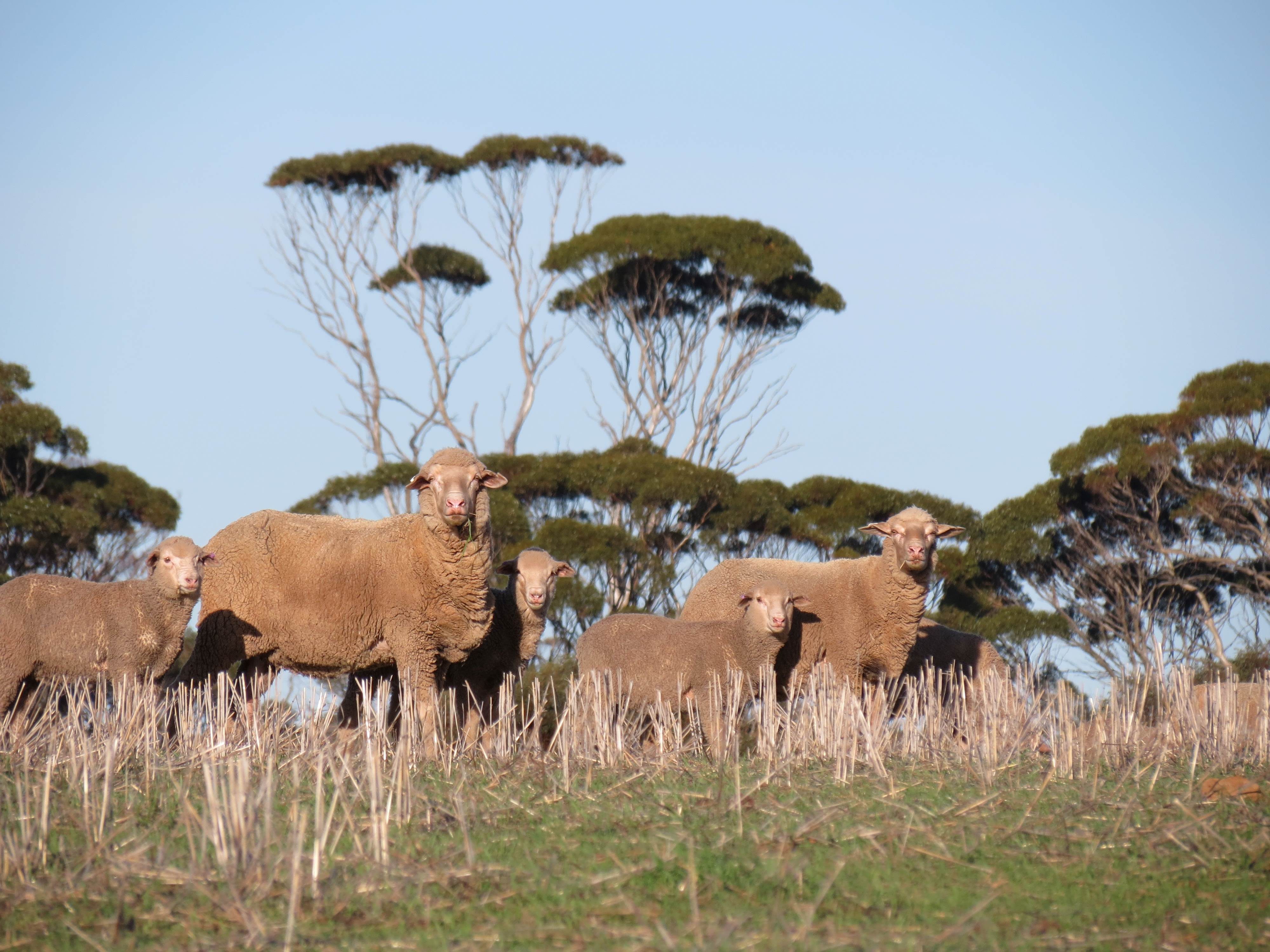
Low soil moisture combined with falling temperatures could delay pasture growth and subsequent feed availability.
Information to optimise pastures and feed management is available on the Department of Primary Industries and Regional Development’s (DPIRD’s) Season 2024 webpages.
Principal research scientist Clinton Revell said while it might be tempting to move livestock onto green pick, deferred grazing some paddocks would help pasture to establish and maintain productivity through autumn and winter.
Dr Revell said producers may have to consider using a sacrificial paddock, confinement feeding – but not for lambing ewes – or sowing a forage crop to manage feed availability.
“Delaying grazing until about five weeks after plant emergence until the feed on offer, or FOO, reaches 500-800 kilograms of dry matter per hectare will help improve pasture growth for the rest of the season,” he said.
“Supplementary feeding will need to continue so feed budgeting remains essential, as well as testing hay for annual ryegrass toxicity and monitoring flocks for signs of poisoning.”
The ‘Deferred grazing and sheep at the break of season the South West WA’ article has more detail, while the free Pastures from Space online service will help producers assess FOO and pasture growth rates, updated weekly.
Options to fill the autumn-winter feed gap include grazing perennial pastures, shrubs such as saltbush and early sown grain crops.
The article ‘Grazing crops for extra winter feed in Western Australia’ highlights DPIRD research that shows lightly grazing canola and cereal crops before stem elongation will have little effect on yield.
There is also still an option to sow cereals, like oats, barley, triticale and cereal rye, as a forage into a sacrificial pasture paddock.
Dr Revell said winter pasture growth rates of 20 kilograms of dry matter per hectare could be achieved with cereal forage crops using suitable stocking rates and rotational or strip grazing.
“Target better quality paddocks with low pasture density and sow at a rate of 80-100kg/ha, aided by a starter nitrogen application of 5-10kg/ha, if soil nitrogen is low,” he said.
“For best results, protect crops from pests and defer grazing until plants are anchored.”
A follow-up application of nitrogen fertiliser can be used to increase dry matter production in forage cereals and other grass-based pastures.
“Over 15 kilograms dry matter per hectare can be produced for every kilogram of nitrogen,” Dr Revell said.
“Once there is about 800kg DM/ha on the ground, apply 25-50kg/ha of nitrogen, in the form of urea or sulphate of ammonia.
“It is advisable to defer grazing for one to two weeks after applying nitrogen to allow the pasture to grow and reduce the risk of nitrate poisoning in livestock.”
The Season 2024 webpages have further dry season information and advice, including a video to help farmers estimate FOO, targets for different classes of sheep, a deferred grazing calculator and a strip grazing calculator.
The WA Government’s Drought Response WA website is a one stop shop for information and advice on financial support, mental health support, livestock farmers and the weather outlook, which can be found at www.wa.gov.au/droughtresponsewa.
Support is also available 24/7 via the Drought Response WA hotline 1300 489 832.


